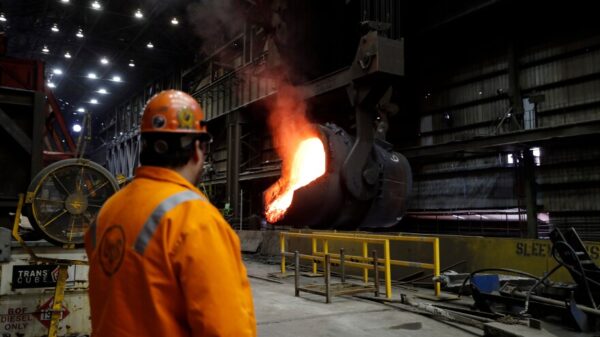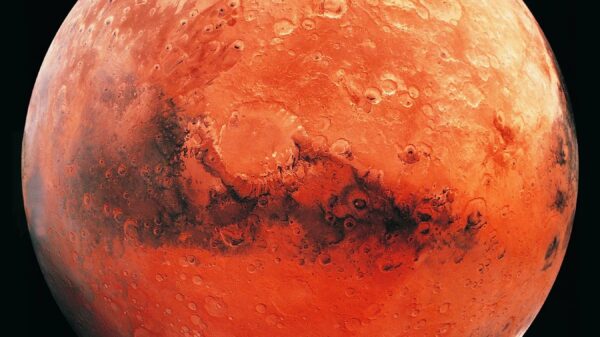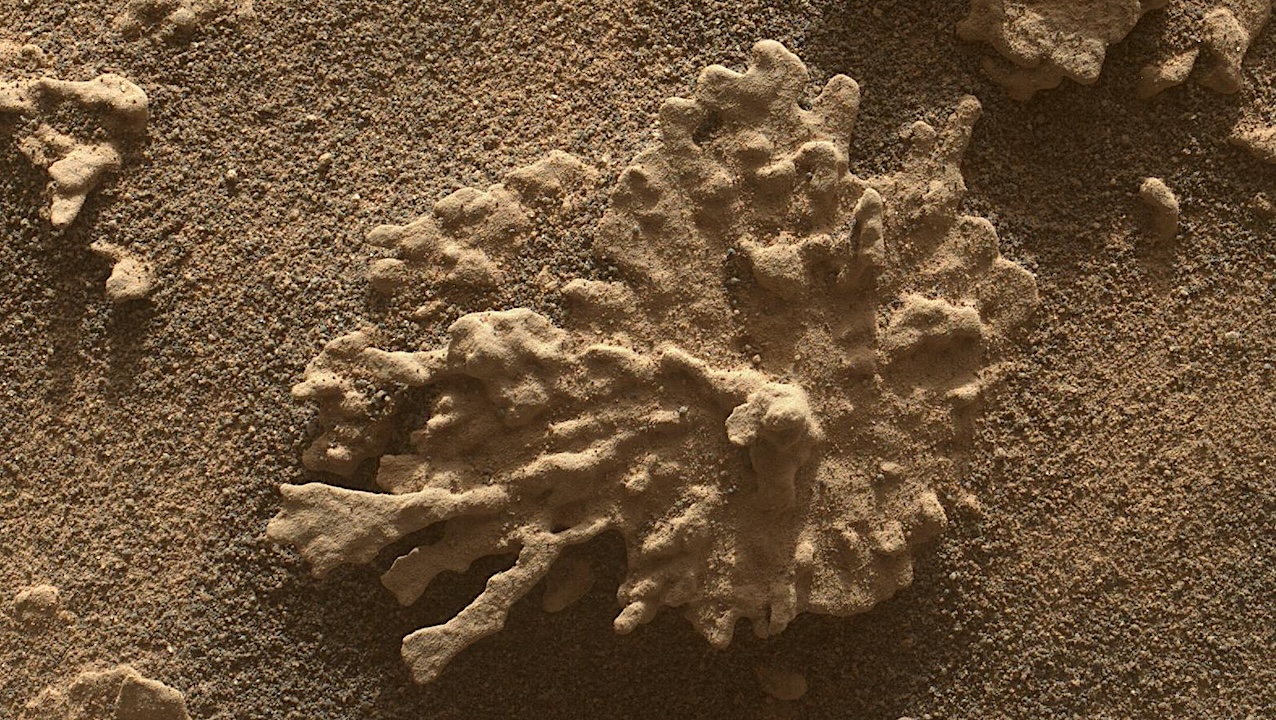NASA’s Curiosity Rover recently captured remarkable images of a wind-eroded rock on Mars, revealing the planet’s geological history shaped by natural forces over billions of years. On July 24, 2025, the rover used its Mars Hand Lens Imager (MAHLI) to photograph the rock, nicknamed “Paposo” by its science team. This event occurred on the 4,608th Martian day, or sol, of Curiosity’s ongoing mission.
The rock, located approximately 5 centimeters from the MAHLI camera, exhibits a unique shape reminiscent of coral. Such formations are the result of extensive natural processes involving both wind and water. Billions of years ago, when liquid water existed on Mars, it carried dissolved minerals into the cracks of rocks. Over time, as the water evaporated, these minerals hardened, leaving traces of their presence within the rock.
Insights into Martian Geology
The continuous influence of Martian winds has further sculpted the landscape, eroding surrounding rocks and creating distinctive shapes. This phenomenon is not exclusive to Mars; similar processes are observable on Earth, where wind and water collaborate to shape the terrain. The striking formations seen on Mars, including the “Paposo” rock, offer invaluable insights into the planet’s past and the environmental conditions that once prevailed.
Curiosity has consistently provided data that enhances our understanding of Martian geology. The rover’s ability to analyze features like Paposo contributes significantly to the broader exploration goals set by NASA. The findings from Curiosity’s mission not only inform scientists about the planet’s ancient environments but also raise intriguing questions about the potential for past life on Mars.
As the rover continues its exploration, it remains a vital tool for scientific discovery, equipped with advanced imaging technology that allows for detailed observations of Martian rock formations. The ongoing analysis of such geological features could provide clues about the history of water on the planet and the processes that have shaped its surface.
The importance of these findings extends beyond academic interest. Understanding the geological history of Mars is crucial for future missions, particularly those aimed at human exploration. Insights gained from Curiosity’s observations will play a key role in preparing for potential human activity on the Martian surface.
In summary, the recent imaging of the Paposo rock by the Curiosity Rover underscores the dynamic interplay of wind and water in shaping Martian landscapes. Each discovery made by the rover adds a piece to the puzzle of Mars’ history, enhancing our knowledge of the planet and paving the way for future exploration efforts.




































































